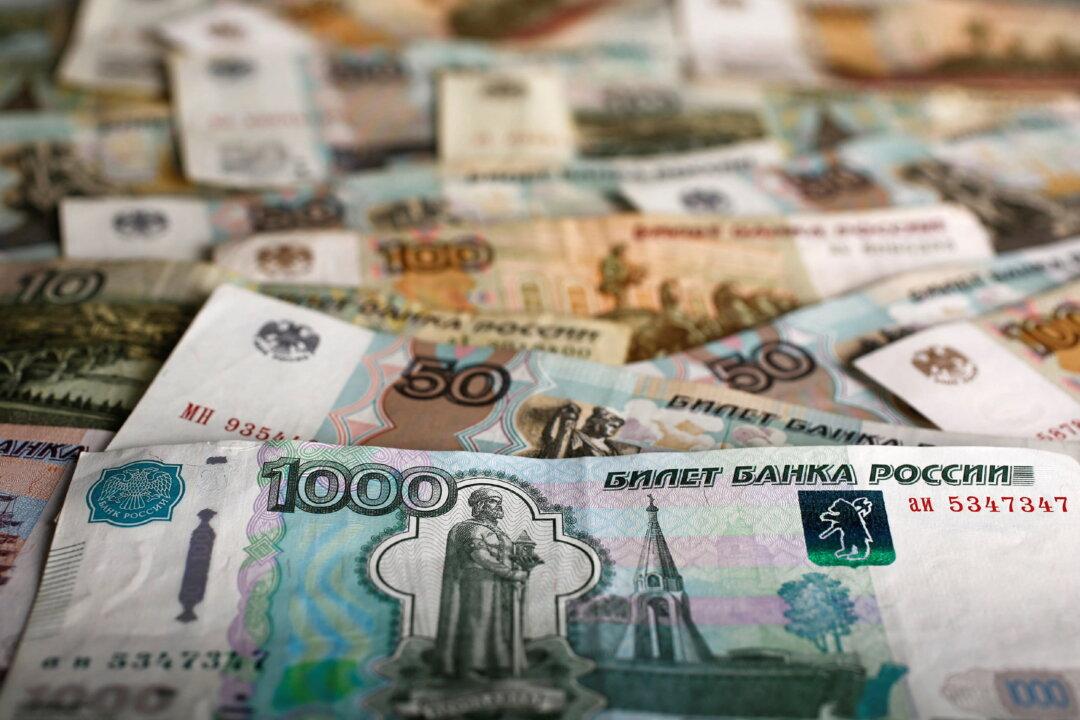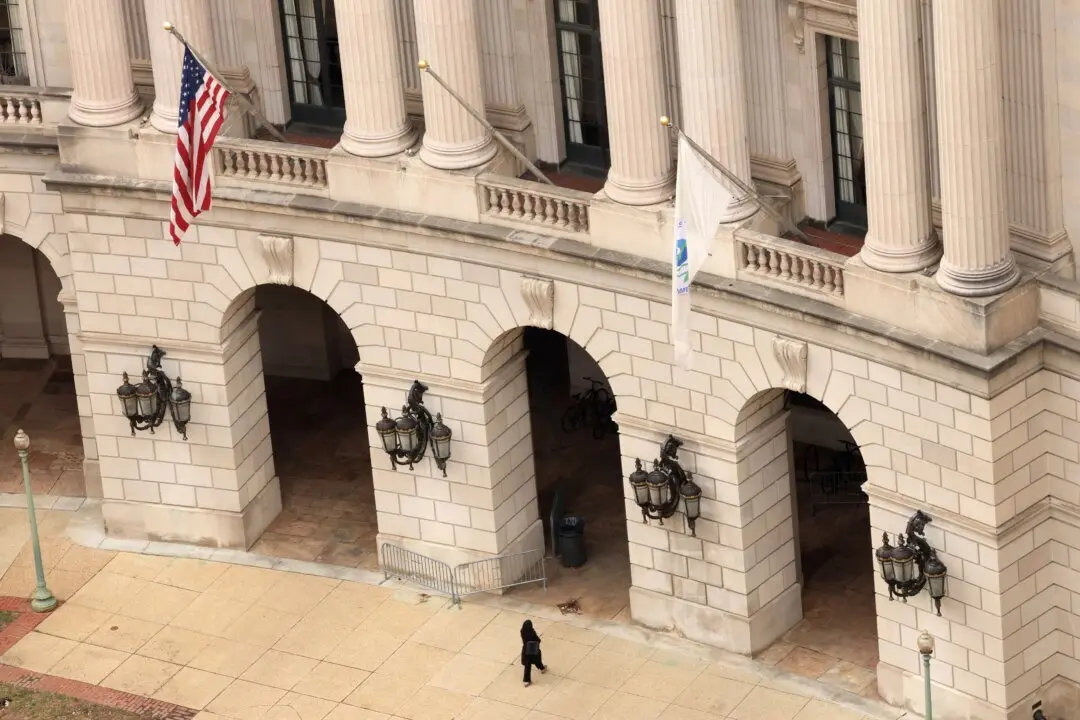The Russian ruble weakened on Thursday, driven by expectations that Russia may relax its temporary capital control measures further, while stocks fell as the country continued what it calls “a special military operation” in Ukraine.
Currently, Russian exporters are obliged to sell 80 percent of their forex revenues in the first three days after receiving it under a rule established by President Vladimir Putin in late-February to limit ruble’s volatility amid western sanctions.





